Packing before a trip is like playing a game of chess: each item must take its strategic place. How to pack a suitcase for a vacation quickly, without losses and without overweight is a question that determines the comfort and success of the journey. Clear logistics, thoughtful selection of items, and efficient organization of space will help pack things properly.
How to pack a suitcase for a vacation without overloading it
Packing a suitcase for a vacation requires a strict approach to weight and dimensions. Airlines usually set a limit: 23 kg for checked baggage and 8 kg for carry-on luggage. Excess weight will cost on average 30-50 euros per kilogram. To avoid extra costs, it is important to carefully plan in advance what to take on vacation, considering the weight policy of the airline.

The transportation to the airport and within the country determines the packing format. For active travelers moving between cities, a hard suitcase is better suited than a soft bag, as it reliably protects the contents.
Volume optimization starts with selecting shoes. For the trip, it is enough to take three pairs: comfortable sneakers, lightweight sandals, and versatile shoes for evening outings. Wearing the bulkiest items on the plane is a reliable life hack that frees up space in the luggage.
How to pack a suitcase for a vacation considering weather conditions
The choice of wardrobe depends on the forecast. The climate of the region dictates the list of items. Southern Europe in summer requires light cotton clothing, while a Northern country in autumn requires a waterproof jacket and a warm sweater.
If the route includes several climatic zones, the layering rule solves the problem. A light t-shirt, cardigan, and windbreaker provide comfort in any temperature changes. Accessories take up minimal space and help diversify outfits.
Must-have list:
- t-shirts;
- shorts;
- trousers;
- dress or shirt;
- jacket or windbreaker;
- swimsuit;
- underwear – per number of days;
- socks – for each day;
- headwear;
- sandals, sneakers, evening shoes.
Packing for a trip involves a thoughtful balance. It is important to transfer items to carry-on luggage – a life hack for optimization: electronics, documents, medications, chargers, and valuable items should always be under control.
How to pack items in a suitcase efficiently
Proven packing tips ensure convenience and order. The rolling technique, where clothes are rolled into tight tubes, allows reducing volume by 20-30% compared to standard packing. Using vacuum bags is especially effective for bulky items.
It is better to place shoes on the sides, filling them with socks or small accessories. Cosmetics require airtight containers up to 100 ml if carried in carry-on luggage.
Clear organization of space saves not only space but also time during the trip. Arranging items by categories in fabric organizers helps quickly find what you need. The first aid kit should be compact. How to pack a first aid kit compactly for a trip? Packing in a plastic case prevents spillage, and selecting only necessary medications (painkillers, antiseptics, plasters, digestive aids) avoids excess weight.
What to put in carry-on luggage: a traveler’s strategic reserve
Carry-on luggage serves as a mini-guarantor of comfort. Transferring items to carry-on luggage is a life hack that allows access to the most important items even if the main baggage is lost.
Strategically correct set:
- documents;
- gadgets;
- mini first aid kit;
- snacks;
- personal hygiene items;
- spare underwear;
- scarf or blanket.
The airline allows carrying up to 8 kg in carry-on luggage. To save space, bulky items, such as a jacket, are recommended to be worn on the plane.
Precise calculation of the weight of each category: shoes – on average 1 kg per pair, clothes – up to 5 kg per week, cosmetics – no more than 1 kg. Thoughtful selection of items allows staying within the permissible limit.
How to pack a suitcase for a vacation considering route specifics
A multi-stage route requires increased attention. A traveler moving by plane, train, and bus faces different requirements for baggage dimensions and weight. When boarding short flights, the dimensions of carry-on luggage are often restricted. It is important to consider the transport conditions: in some buses, luggage is stored in the luggage compartment, while on trains – under the shelf or in a special area.
What to do if a layover is ahead
It is more convenient to divide items into two levels: place frequently used items in carry-on luggage, and the rest in checked baggage. It is important to study the weather conditions at all points of the route in advance. If a sharp temperature change is expected, selecting versatile items will ensure comfort.
A first aid kit on the road requires special attention. Transporting medications on international flights is subject to strict rules. Original packaging and prescriptions for medications containing active substances subject to restrictions are required. Using mini-packages and a strict selection of the minimum necessary set will ensure compliance with requirements and save space.
Additional details that affect the outcome
Packing for a trip involves working out every detail. Accessories often become a source of extra weight. Umbrellas add up to 500 grams, large cosmetic bags – up to 300 grams. Replacing them with compact models reduces the load. Using travel containers for cosmetics reduces the total weight and volume by 50-70%.
Experienced travelers use hard suitcases with four wheels – this option simplifies movement in the airport and protects items during transportation. It is important to measure the weight in advance using compact travel scales. This approach helps avoid unpleasant surprises at check-in.

The choice of clothing for the flight also plays a role in organizing luggage. Wearing the bulkiest items on the plane helps free up space. A warm sweater, sneakers, and a jacket will not take up space but will provide comfort in the cabin, where the temperature often drops to 18-20 °C.
Conclusion
Now you know how to pack a suitcase for a vacation. Rational organization of space, smart packing, selection of items considering climate, logistics, and airline requirements create a reliable foundation for a comfortable trip.





 Retains its status thanks to the balance between family comfort and business functionality. The complex covers an area of 330,000 m2 with its own beach, six swimming pools and the Talise sports centre. The architectural style is inspired by Arabian modernism and the service is of a consistently high standard. The property is among the most reliable representatives of the “best hotels in Dubai” ratings.
Retains its status thanks to the balance between family comfort and business functionality. The complex covers an area of 330,000 m2 with its own beach, six swimming pools and the Talise sports centre. The architectural style is inspired by Arabian modernism and the service is of a consistently high standard. The property is among the most reliable representatives of the “best hotels in Dubai” ratings. The leading complexes from the top 10 best hotels in Dubai maintain their leadership. They offer consistent service, architectural expression and intelligent solutions. Today, the demand for accommodation has shifted to more than just coastal areas. More and more guests are choosing new urban locations for their convenience, infrastructure and style. City Walk, Dubai Marina, Al Jaddaf and Bluewaters are showing strong growth. Tourists are increasingly choosing them for their style, comfort and ambience. The competition is growing due to original ideas, new accommodation formats and accurate consideration of travellers’ needs. Each hotel strives to stand out and offer more than usual.
The leading complexes from the top 10 best hotels in Dubai maintain their leadership. They offer consistent service, architectural expression and intelligent solutions. Today, the demand for accommodation has shifted to more than just coastal areas. More and more guests are choosing new urban locations for their convenience, infrastructure and style. City Walk, Dubai Marina, Al Jaddaf and Bluewaters are showing strong growth. Tourists are increasingly choosing them for their style, comfort and ambience. The competition is growing due to original ideas, new accommodation formats and accurate consideration of travellers’ needs. Each hotel strives to stand out and offer more than usual.
 Those who want to enjoy a seaside holiday without spending too much money should consider public beaches. They are open to everyone and do not require entrance fees. There are no private areas and the infrastructure is not as well developed as in paid areas. Nevertheless, it is a worthy option for many people.
Those who want to enjoy a seaside holiday without spending too much money should consider public beaches. They are open to everyone and do not require entrance fees. There are no private areas and the infrastructure is not as well developed as in paid areas. Nevertheless, it is a worthy option for many people. The best beaches in Dubai offer the opportunity to enjoy the delights of a seaside holiday, regardless of budget. Paid locations offer world-class service, while free beaches offer affordable accessibility. The main thing is to decide in advance on the format of your holiday and prepare for your trip to get the most out of a beach holiday in this stunning city.
The best beaches in Dubai offer the opportunity to enjoy the delights of a seaside holiday, regardless of budget. Paid locations offer world-class service, while free beaches offer affordable accessibility. The main thing is to decide in advance on the format of your holiday and prepare for your trip to get the most out of a beach holiday in this stunning city.

 Temperatures range from +22°C during the day to +28°C, dropping to +17°C at night. Humidity is kept at 50-60%. Precipitation is rare. The water in the Persian Gulf warms up to +24…+26°C, which makes the winter season suitable for swimming. Winds in Dubai and Abu Dhabi remain light, without sandstorms, and the sky is consistently clear.
Temperatures range from +22°C during the day to +28°C, dropping to +17°C at night. Humidity is kept at 50-60%. Precipitation is rare. The water in the Persian Gulf warms up to +24…+26°C, which makes the winter season suitable for swimming. Winds in Dubai and Abu Dhabi remain light, without sandstorms, and the sky is consistently clear. The timing of the trip depends directly on the purpose. In winter – ideal conditions for the beach, excursions and walks. Spring – mild climate, moderate prices and busy tours. Summer – minimal costs and maximum privacy. In autumn – a balance between comfort, cost and availability of all forms of recreation. It is not the calendar that decides when to go to the UAE, but the tourist’s request. Each month has its own format, certain advantages and scenarios of holidays.
The timing of the trip depends directly on the purpose. In winter – ideal conditions for the beach, excursions and walks. Spring – mild climate, moderate prices and busy tours. Summer – minimal costs and maximum privacy. In autumn – a balance between comfort, cost and availability of all forms of recreation. It is not the calendar that decides when to go to the UAE, but the tourist’s request. Each month has its own format, certain advantages and scenarios of holidays.
 The architecture of the complex is in the spirit of colonial heritage with an emphasis on natural materials, low buildings are immersed in tropical vegetation. The residences are built along cascading pools and shady alleys, creating a sense of privacy and cosiness.
The architecture of the complex is in the spirit of colonial heritage with an emphasis on natural materials, low buildings are immersed in tropical vegetation. The residences are built along cascading pools and shady alleys, creating a sense of privacy and cosiness.
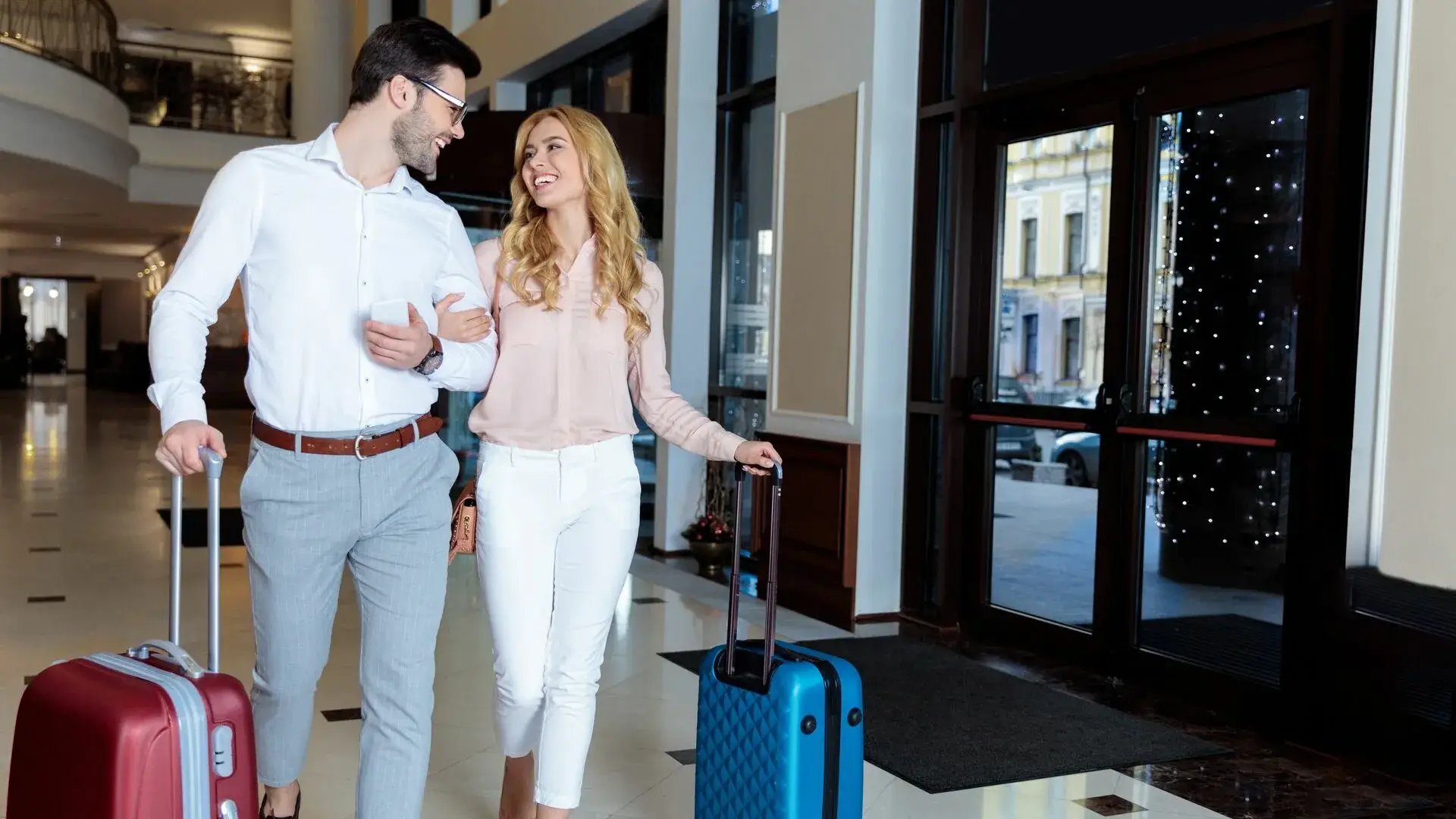 The choice of hotel accommodation in the emirate depends on the purpose of the trip: beach relaxation, business, long-term stay or family holiday. The 10 best hotels in Fujairah provide different formats but retain common concepts: quality of service, safety, cleanliness and fair pricing.
The choice of hotel accommodation in the emirate depends on the purpose of the trip: beach relaxation, business, long-term stay or family holiday. The 10 best hotels in Fujairah provide different formats but retain common concepts: quality of service, safety, cleanliness and fair pricing.
 One of the most famous hotels in Dubai, Atlantis The Palm has become a symbol of luxury and grandeur. An entire resort where every corner is thought out to the last detail. The beach with crystal clear water and soft sand attracts thousands of tourists every year. Amenities such as an aqua park, sea rides and an underwater-themed restaurant where you can dine surrounded by sea life are offered. For luxury holidaymakers, private villas with direct access to the coast are available, creating and luxurious holiday experience.
One of the most famous hotels in Dubai, Atlantis The Palm has become a symbol of luxury and grandeur. An entire resort where every corner is thought out to the last detail. The beach with crystal clear water and soft sand attracts thousands of tourists every year. Amenities such as an aqua park, sea rides and an underwater-themed restaurant where you can dine surrounded by sea life are offered. For luxury holidaymakers, private villas with direct access to the coast are available, creating and luxurious holiday experience.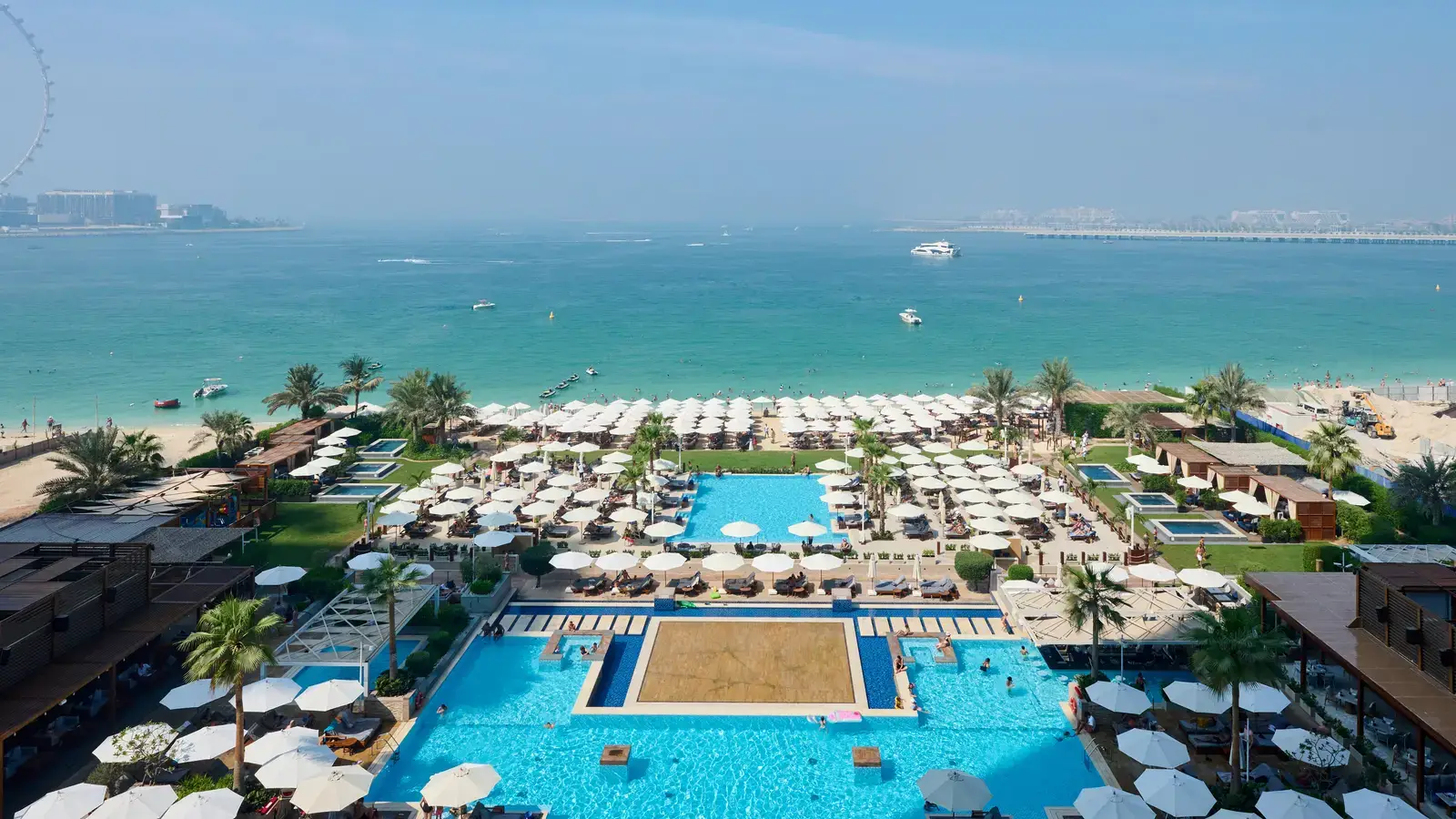 Dubai’s beachfront hotels provide the ultimate holiday experience, offering an exceptional combination of luxury, privacy and convenience. Atlantis The Palm provides not only coastal access but also a wealth of entertainment facilities, while Burj Al Arab is a true symbol of wealth. For those seeking tranquillity and privacy, One&Only The Palm is the perfect choice. Whether you’re looking for luxury, an active holiday or a romantic getaway, Dubai’s beach hotels cater for every need.
Dubai’s beachfront hotels provide the ultimate holiday experience, offering an exceptional combination of luxury, privacy and convenience. Atlantis The Palm provides not only coastal access but also a wealth of entertainment facilities, while Burj Al Arab is a true symbol of wealth. For those seeking tranquillity and privacy, One&Only The Palm is the perfect choice. Whether you’re looking for luxury, an active holiday or a romantic getaway, Dubai’s beach hotels cater for every need.
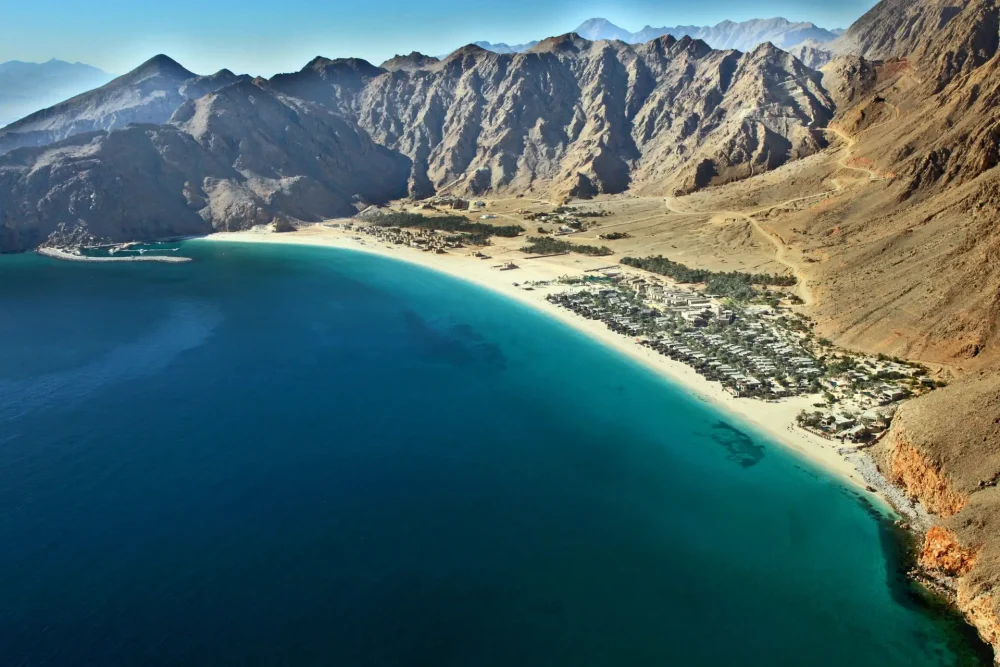 First on the list of the best beaches in Fujairah is Dibba. It is one of the most picturesque places on the coast, located in the north of the emirate. The area is famous for its crystal clear water and soft white sand, as well as the original relief of the coast surrounded by mountains.
First on the list of the best beaches in Fujairah is Dibba. It is one of the most picturesque places on the coast, located in the north of the emirate. The area is famous for its crystal clear water and soft white sand, as well as the original relief of the coast surrounded by mountains.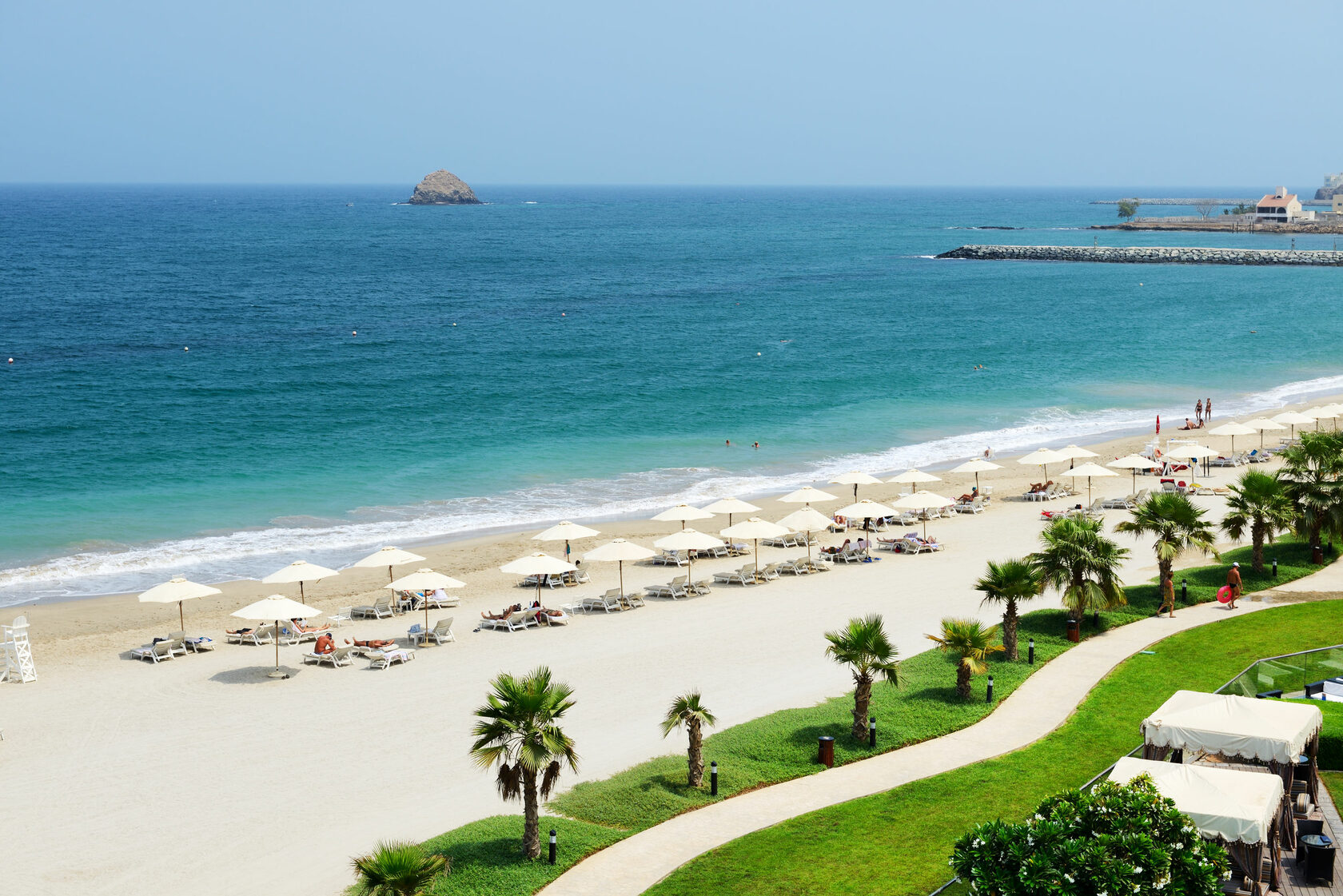 Fujairah’s best beaches offer a wonderful holiday experience, combining coastal purity, calm seas and a rich marine ecosystem. The emirate is distinguished from other regions of the UAE by its natural beauty, mountainous landscapes and the crystal clear waters of the Gulf of Oman. Whether you are looking for a secluded place for a relaxing holiday, a comfortable beach with developed infrastructure or an ideal location for diving, Fujairah provides excellent opportunities for travellers.
Fujairah’s best beaches offer a wonderful holiday experience, combining coastal purity, calm seas and a rich marine ecosystem. The emirate is distinguished from other regions of the UAE by its natural beauty, mountainous landscapes and the crystal clear waters of the Gulf of Oman. Whether you are looking for a secluded place for a relaxing holiday, a comfortable beach with developed infrastructure or an ideal location for diving, Fujairah provides excellent opportunities for travellers.

 A whole universe of experiences. Jumeirah’s white sand beaches, endless lines of luxury hotels and fountains that dance to classical music. Among the most popular places are Atlantis The Palm and Burj Al Arab, which impress with their service and architecture.
A whole universe of experiences. Jumeirah’s white sand beaches, endless lines of luxury hotels and fountains that dance to classical music. Among the most popular places are Atlantis The Palm and Burj Al Arab, which impress with their service and architecture.
 UAE resorts are not just geographical points on the map, they are the embodiment of the dream of luxury, comfort and diversity. Everyone will find something for themselves here: active adventure, relaxation by the sea or cultural enrichment. Whether it is luxurious beaches, unique cultural sites or extreme desert experiences, all are ready to offer unforgettable impressions to suit every taste.
UAE resorts are not just geographical points on the map, they are the embodiment of the dream of luxury, comfort and diversity. Everyone will find something for themselves here: active adventure, relaxation by the sea or cultural enrichment. Whether it is luxurious beaches, unique cultural sites or extreme desert experiences, all are ready to offer unforgettable impressions to suit every taste.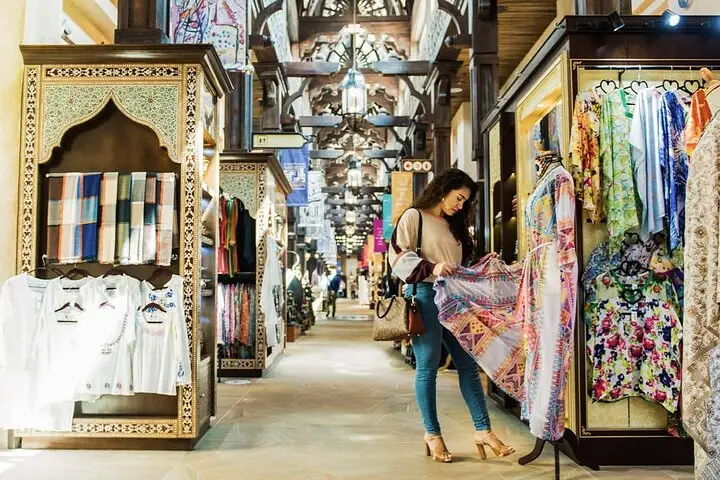
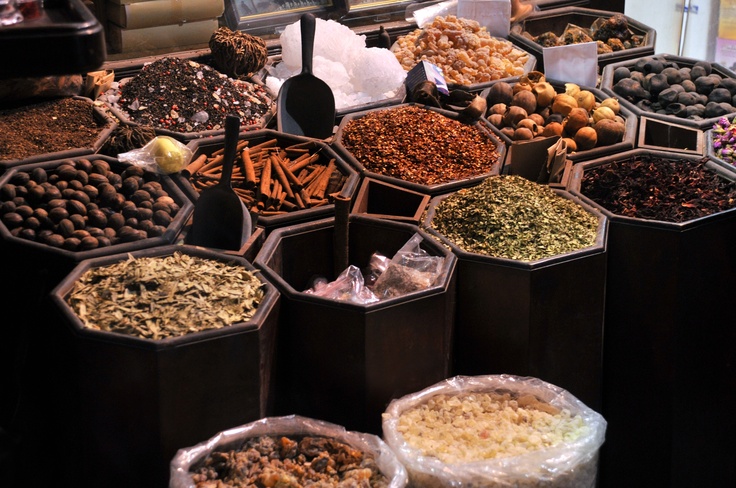 Real oriental spices are easy to find at Spice Souk, one of the oldest and most colourful markets. Here you should buy fresh, high quality saffron, coffee spices, spice blends for meat and fish, as well as rare spices that are hard to find outside the region.
Real oriental spices are easy to find at Spice Souk, one of the oldest and most colourful markets. Here you should buy fresh, high quality saffron, coffee spices, spice blends for meat and fish, as well as rare spices that are hard to find outside the region.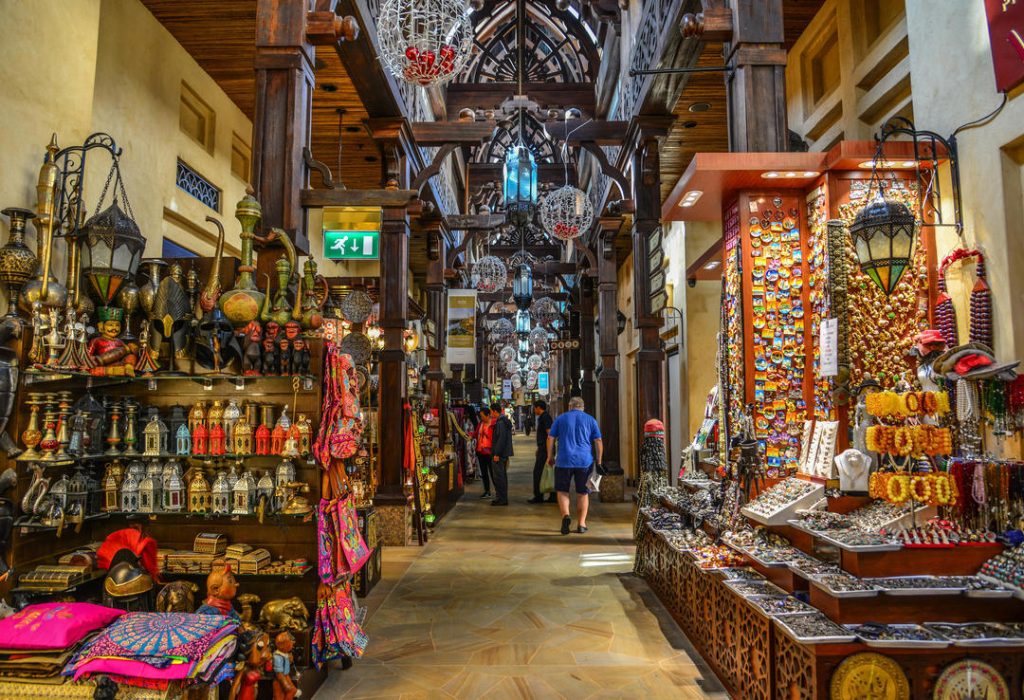 Knowing what to bring back from Dubai can help you turn shopping into an exciting adventure and bring home some truly worthwhile items. From luxury gold to fragrant spices and exquisite dates, every purchase carries a piece of the amazing city where antiquity and modernity live in harmony.
Knowing what to bring back from Dubai can help you turn shopping into an exciting adventure and bring home some truly worthwhile items. From luxury gold to fragrant spices and exquisite dates, every purchase carries a piece of the amazing city where antiquity and modernity live in harmony.